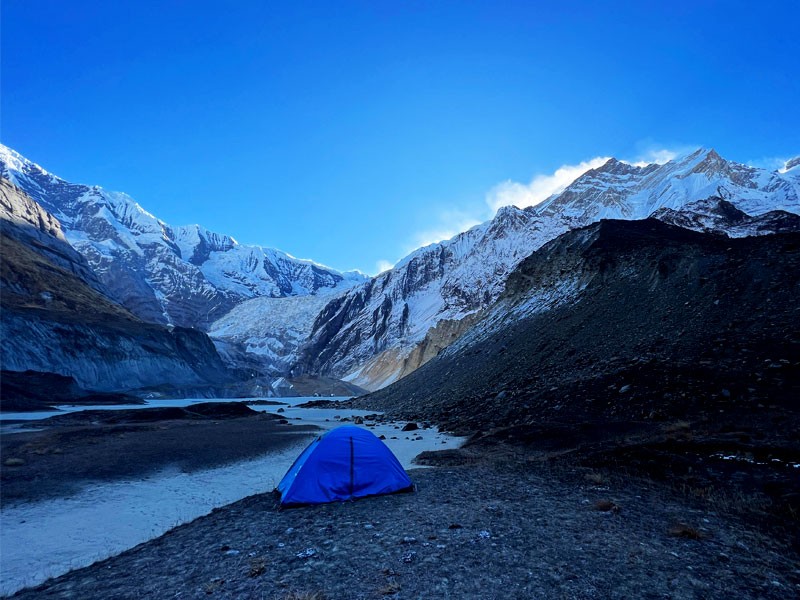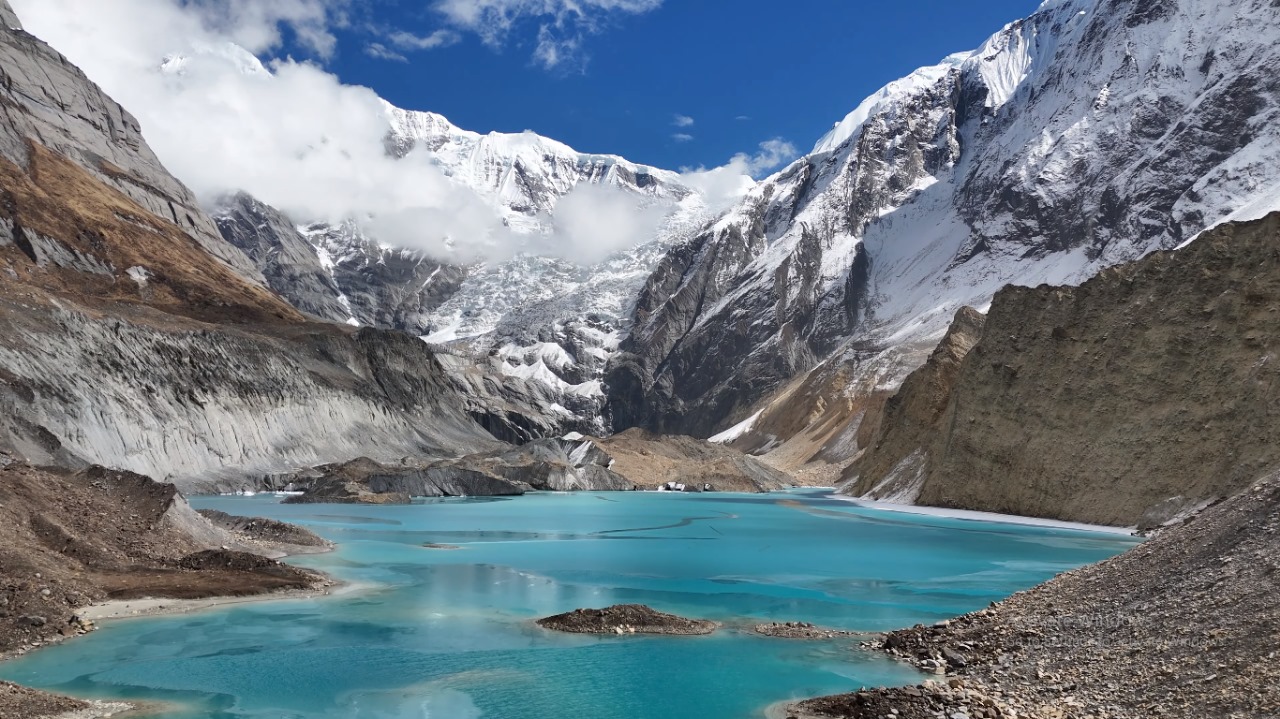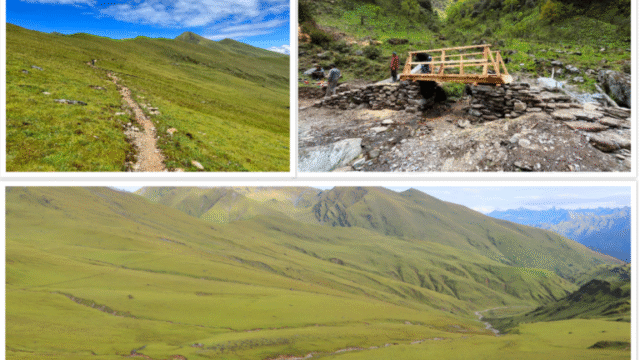As Nepal commemorates the 75th anniversary of the first successful ascent of Annapurna I, the moment holds deep significance for both mountaineering history and Nepal’s standing as the epicenter of high-altitude adventure. Annapurna I Day is celebrated annually to honor the historic feat achieved on June 3, 1950, when French climbers Maurice Herzog and Louis Lachenal became the first humans to stand atop an 8,000-meter peak. Their climb not only marked a milestone in Himalayan exploration but also initiated a legacy that placed Nepal on the global mountaineering map.
The Historic Ascent of 1950: A Turning Point in Mountaineering
Annapurna I (8,091 meters), located in the Gandaki Province of north-central Nepal, is the tenth highest mountain in the world. However, it was the first 8,000-meter peak ever summited by humans. The historic ascent was part of a French expedition led by Maurice Herzog, with members including Louis Lachenal, Lionel Terray, and Gaston Rébuffat, names now etched in golden letters in mountaineering history.
In the spring of 1950, the French team undertook a daring journey into the then-uncharted Annapurna region. Without modern equipment, GPS, or detailed maps, they relied solely on rudimentary tools and their indomitable spirit. On June 3, 1950, Herzog and Lachenal reached the summit after a grueling ascent, but the descent took a tragic toll, with both climbers suffering severe frostbite and losing toes and fingers. Despite the physical cost, their achievement was historic and unprecedented.

Annapurna I’s 75-Year Legacy: A Symbol of Adventure and Resilience
In the 75 years since that first ascent, Annapurna I has earned a dual reputation, as a trailblazing summit and one of the most dangerous mountains in the world. With an early fatality rate exceeding 30%, it remained among the most feared and respected peaks. Yet this danger only enhanced its mystique. Every climber who attempts Annapurna I carries with them the weight of history and the spirit of exploration.
Over the decades, climbers from across the globe have come to Nepal to test their limits on Annapurna I. It has seen legendary ascents, such as the solo climb by Reinhold Messner, the alpine-style ascent by Ueli Steck, and the record-breaking achievements of Nepali climbers like Nirmal Purja, who summited Annapurna I in 2019 during his Project Possible expedition.
The mountain has also contributed significantly to local tourism. The Annapurna region, encompassing Annapurna Base Camp, Annapurna Circuit, and the entire Annapurna Conservation Area, has become one of Nepal’s most popular trekking and mountaineering destinations.

Commemorative Events and Global Recognition
To mark the 75th anniversary, a series of commemorative events were held in Pokhara, Kathmandu, and the Annapurna Base Camp area. The Ministry of Culture, Tourism, and Civil Aviation, in collaboration with Nepal Mountaineering Association (NMA) and Trekking Agencies’ Association of Nepal (TAAN), organized exhibitions, tribute climbs, and seminars. Families of the original 1950 expedition members were invited, and French diplomats attended special ceremonies to strengthen the Nepal-France friendship that started with Annapurna.
Special attention was also given to recognizing the contributions of Sherpas and local guides, who have played vital roles in every successful ascent. Exhibitions showcased original expedition gear, archival photographs, and memoirs that retraced the footsteps of Herzog and his team.
UNESCO also acknowledged the significance of Annapurna’s legacy in its cultural and natural heritage discussions, adding a further dimension to Nepal’s global image.

The Economic and Tourism Impact of Annapurna I
Over the past seven decades, Annapurna I has played a crucial role in shaping Nepal’s tourism-based economy. The trekking and mountaineering routes around Annapurna attract over 100,000 trekkers annually. Lodges, guide services, and local handicrafts have flourished in villages such as Ghandruk, Chhomrong, and Manang due to the popularity of the Annapurna region.
Additionally, the Annapurna Conservation Area Project (ACAP), Nepal’s first and largest conservation initiative, has turned the region into a model for sustainable tourism. This success owes much to the fame brought by the first ascent of Annapurna I in 1950.

Legacy Beyond the Mountain
More than just a summit, Annapurna I symbolizes courage, perseverance, and global unity through exploration. It paved the way for future 8,000-meter climbs, including Everest in 1953. For Nepal, the climb was the first spark in what would become a flourishing mountaineering tourism industry. For the world, it was a powerful tale of human ambition against nature’s might.
On this 75th anniversary, Annapurna I Day not only pays tribute to Herzog and Lachenal but also honors every soul that has dared to dream amidst its icy ridges,climbers, porters, guides, and visionaries alike.
As Nepal looks toward the centenary of the first ascent, the message is clear: Annapurna I remains more than a mountain, it is a symbol of human aspiration, national pride, and eternal adventure.






